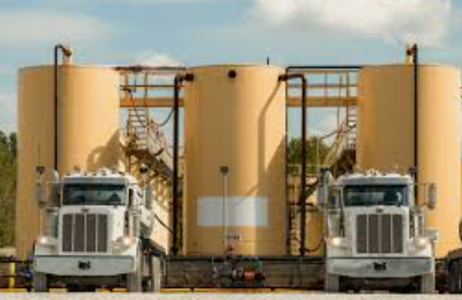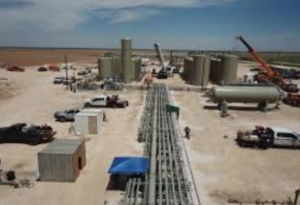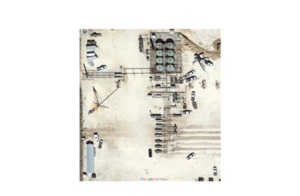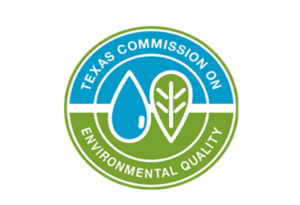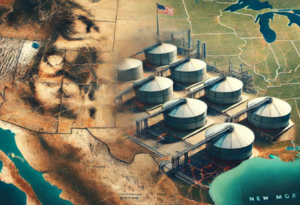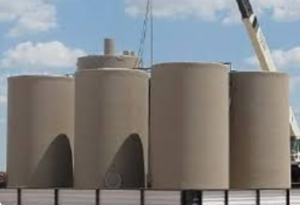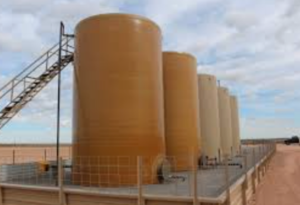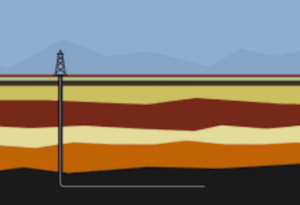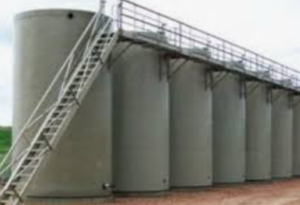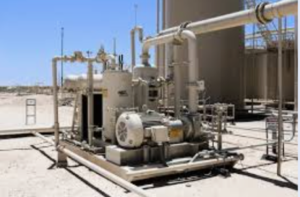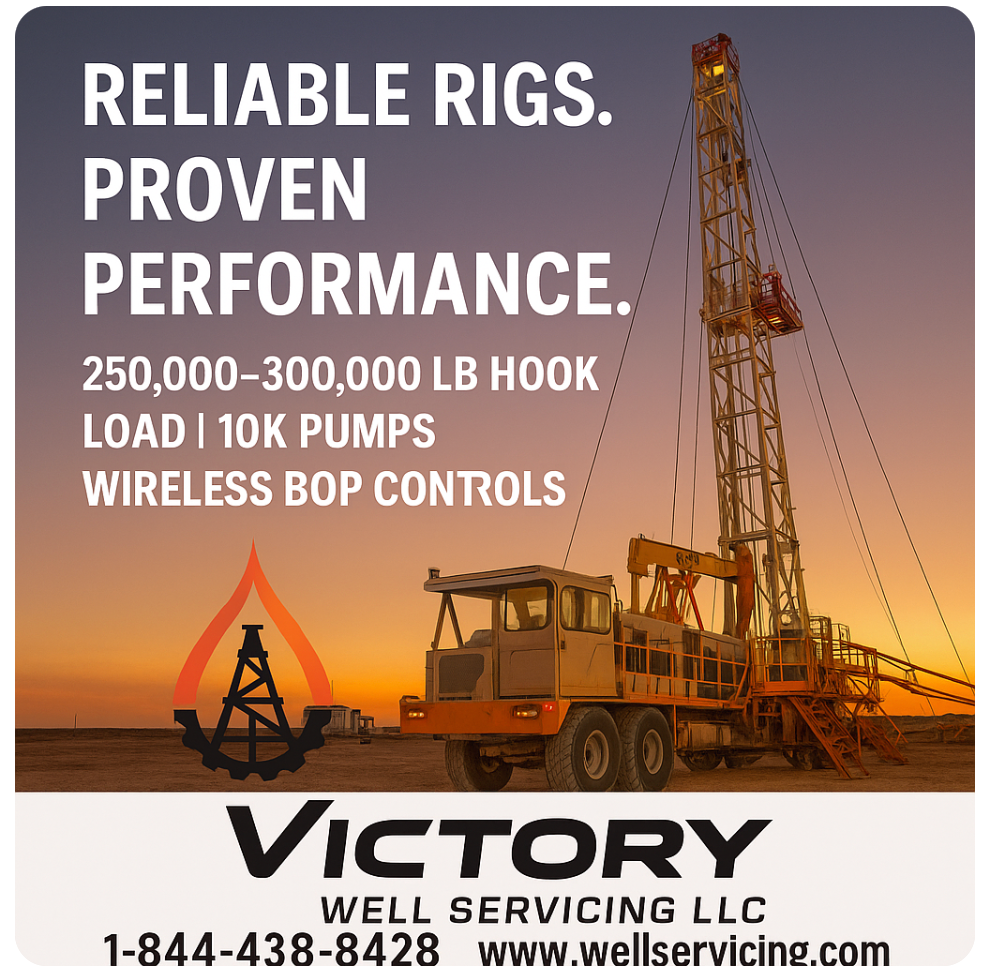Permian Resources is a leading exploration and production (E&P) company focused on the Delaware Basin, which spans parts of Texas and New Mexico. Here are some key points about the company from the Q1 2024 Earnings Presentation about environmental performance:
- GHG Emissions Reduction:
- Permian Resources focuses on reducing GHG emissions intensity through the optimization of facility designs. This includes the elimination of routine flaring and improvements in facility designs that enhance environmental performance. The company also emphasizes their collaboration with midstream providers to achieve these goals
- Operational Synergies:
- As part of their integration with Earthstone, Permian Resources has realized improvements in facility designs that contribute to operational synergies. These improvements include labor and vendor optimization and prioritized power infrastructure buildouts, which have resulted in increased efficiencies and reduced operational costs(PR-1Q24-Earnings-Presen…).
These points highlight the company’s commitment to optimizing facility designs for both operational efficiency and environmental sustainability. The improvements are part of their broader strategy to enhance production performance while minimizing environmental impact.
How API Standard Tanks Enhance Environmental Performance
The API (American Petroleum Institute) tank standards enhance environmental performance through a variety of design, construction, operational, and maintenance requirements that collectively minimize the risk of spills, leaks, and other environmental hazards. Here are several ways these standards contribute to environmental protection:
1. Design and Construction Requirements
Material Selection
- Corrosion Resistance: API standards specify the use of materials that are resistant to corrosion, reducing the likelihood of leaks over time.
- Quality of Steel: High-quality, tested steel is mandated to ensure structural integrity and durability.
Structural Integrity
- Thickness and Strength: Standards like API 650 and API 12F specify minimum steel thickness and strength requirements to withstand internal pressures and external forces, preventing tank failures.
- Welding Standards: Detailed welding procedures ensure strong, leak-proof joints.
2. Secondary Containment
Dikes and Berms
- Containment Systems: API standards often recommend or require secondary containment systems such as dikes, berms, or double-walled tanks to contain spills and prevent environmental contamination.
Leak Detection Systems
- Monitoring: Implementing leak detection systems to identify and address leaks promptly before they cause significant environmental harm.
3. Corrosion Protection
Coatings and Linings
- Internal and External Coatings: Use of protective coatings and linings on the inside and outside of tanks to prevent corrosion from stored liquids and environmental exposure.
Cathodic Protection
- Electrochemical Methods: Systems such as cathodic protection to prevent corrosion of the tank bottom and other critical areas.
4. Operational Guidelines
Inspection and Maintenance
- Regular Inspections: API standards require regular inspections (both visual and using non-destructive testing methods) to detect and address potential issues before they result in leaks or spills.
- Maintenance Protocols: Clear maintenance protocols to ensure that tanks are kept in good working condition and any potential issues are addressed promptly.
Pressure and Venting Controls
- Pressure Relief: Proper venting and pressure relief systems to prevent over-pressurization and potential ruptures.
- Vapor Control: Implementing vapor control measures to reduce emissions and comply with environmental regulations.
5. Spill Prevention and Response
Emergency Response Plans
- Preparedness: API standards encourage the development and implementation of comprehensive spill prevention and emergency response plans to quickly and effectively deal with any incidents.
6. Regulatory Compliance
Alignment with Environmental Regulations
- Compliance: Ensuring that tank design, construction, and operation comply with local, state, and federal environmental regulations, which are often aimed at protecting air, water, and soil quality.
Examples of API Standards Enhancing Environmental Performance
API 650:
- Design Criteria: Detailed design criteria for welded tanks to ensure robustness and minimize leak risks.
- Inspection and Testing: Requirements for regular inspection and hydrostatic testing to ensure ongoing integrity.
API 653:
- Tank Inspection, Repair, Alteration, and Reconstruction: Guidelines for maintaining the integrity of existing tanks, including detailed inspection schedules and repair procedures to prevent environmental contamination.
API 12F:
- Shop-Welded Tanks: Specifications for shop-welded tanks used in production settings, ensuring they are built to high standards to minimize leaks and spills.
Picking the right tank base partner
DuraBull tank bases are the industry leader for Oil and Gas storage tank foundations. Engineered to exceed API recommendations for foundational support, DuraBull tank bases are lightweight, rugged, and provide three layers hydrocarbon resistance.
The idea of a stronger, rugged, and modular tank base was born out of necessity. Originally known as Sentinel, we went through a process of defining who we were and what our products were about and Sentinel came to be known as DuraBull.
Countless hours in R&D have been invested in making the very best tank base on the market. We think you will agree it is stronger, lighter, more reliable, and very attractively priced, and makes setting up a site easy. DuraBull tank bases are a top-of-the-line product you can be proud to own.
DuraBull tank bases are light enough for easy installation, and durable enough to withstand substantial weight, UV, moisture, and heat resistant. With a state-of-the-art high-density core and resilient textured coating.
Conclusion
API tank standards play a crucial role in enhancing environmental performance by ensuring that tanks are designed, constructed, maintained, and operated in ways that minimize the risk of leaks, spills, and other environmental hazards. By adhering to these standards, operators can significantly reduce their environmental impact and improve the safety and sustainability of their operations.
Tank Blogs

